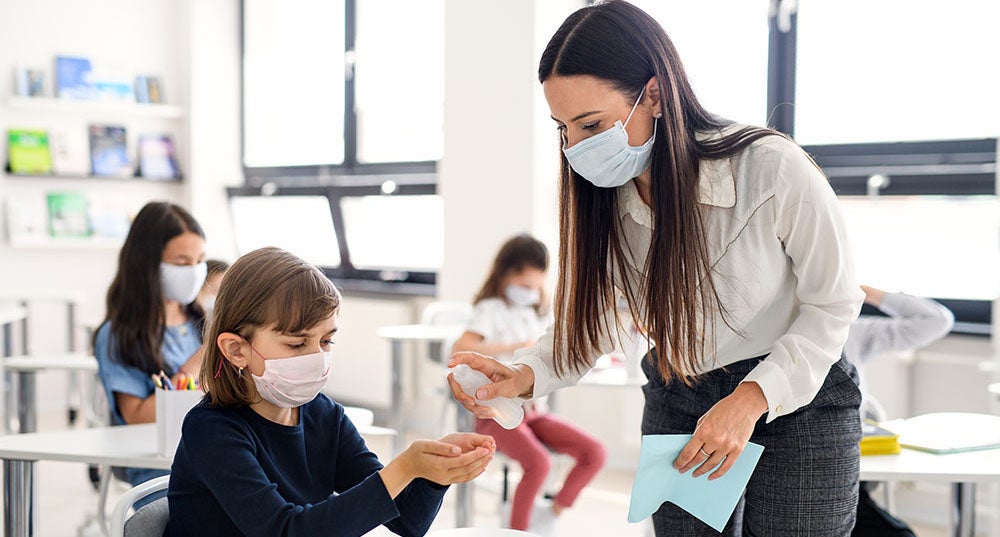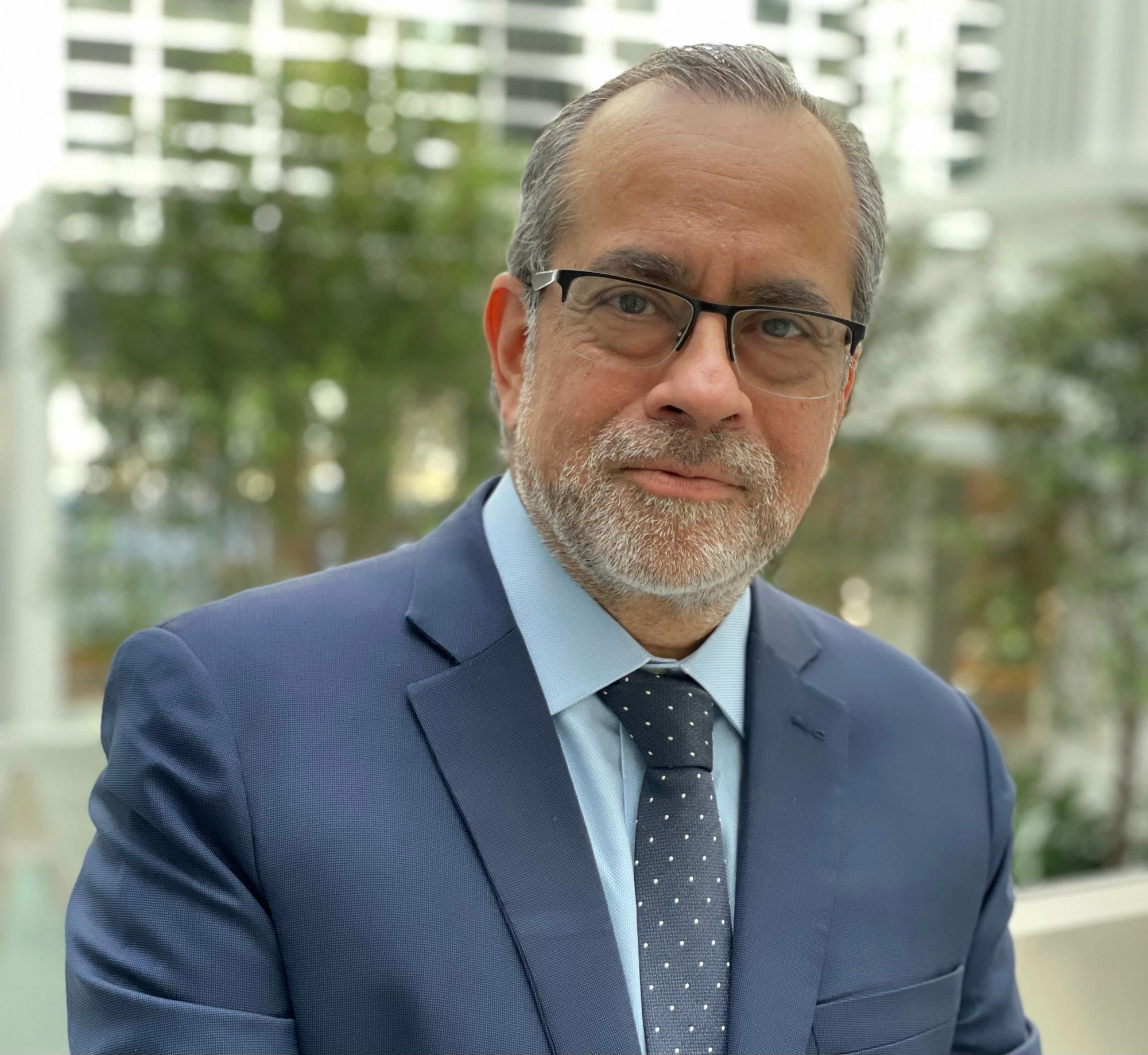
With over 1.5 billion children having been out of school due to the pandemic, we are both often asked about what’s being learned regarding the role of technology in education. There are lots of learnings – about powerful approaches to leveraging technology in both low-bandwidth and high-bandwidth environments, and how massive gaps in access to connectivity and devices exacerbate existing inequities – and we've each written other pieces about these issues. But there’s an ingredient that’s even more crucial than technology to keeping students learning, one that needs far more attention and championship. That is leadership.
When we say leadership, we aren’t just talking about those in positions of authority at the top – we mean people who have taken initiative to support students at every level of the system. Kids have continued learning where they've had access to stakeholders who are exerting the leadership necessary to adapt as quickly as the pandemic throws up new barriers to learning, irrespective of how much access to technology they’ve had. Worldwide, we have seen teachers rapidly transforming themselves into innovative leaders, finding creative ways to maintain student engagement and enable learning even in the most complex circumstances.
With no communications technology available to his students in rural Uganda, Emmanuel Kimuli handwrote math assignments for students to pick up daily from his home, choosing problems calibrated to each child’s ability to ensure that they would continue to learn. In Ghana, Emefa Kumaza held conference calls with her students so they could keep learning, scheduling the calls in the evenings when parents returned home with the family's only cell phone. She found that learning in group calls was more effective and energizing than the one-on-one calls she’d tried initially. A Malaysian study found that during the shutdown, the top three challenges Malaysian students faced were poor internet connection, learning structure, and lack of engaging instruction – in that order. Yet when students were asked what they wanted most, it was the other way around: students chose engaging instruction over more advanced tech solutions.
The leadership that has kept students learning does not begin and end with teachers. Students themselves have shown a new level of ownership and initiative during the crisis, which has proven vital to their own learning and, in some cases, to keeping their peers learning. Sixteen-year-old Raghvendra Yadav has been working with teachers to start an online learning program in seven schools in India. It’s growing by the day, teaching science, art, commerce, coding, and leadership – and students are so eager to participate that they borrow neighbors’ phones when they don’t have their own. Raghvendra describes himself not so much as a leader as “a ladder” to help unleash student’s potential and to realize the power of their own voices. In Denmark, student Lykke Storgaard reached out to classmates who were not showing up to online classes, and discovered some were suffering from depression, not laziness. “You never know who is struggling. If someone doesn't show up for school, it doesn’t mean they don’t want to. If you reach out to someone it can make a big difference, which shows the importance of human connection in learning,” she says.
During the pandemic, it’s become clear that learning often requires involving the entire family. In one traditional Moroccan community, families were reluctant to engage in their teachers’ innovative digital teaching plan. But then some of the most influential mothers began to speak up about why the initiative was valuable, and they persuaded other families to take part in video lessons and in sharing their children’s work over WhatsApp. Parental leadership enabled students to keep learning, and parents’ engagement in their children’s education was strengthened.
At the government level, leadership is required to set direction and provide support so people can implement that direction well. Local leadership needs to figure out a coherent strategy so that all the teachers and students in a school are utilizing a particular approach, putting their energy and resources behind it, and continuously improving on it together. We know that good leadership can make a difference: governments that have invested in building leadership capacity are faring much better in their response to the pandemic.
This pandemic has the potential to critically worsen global education outcomes if we do not act fast. Simulations done by the World Bank Education team shows that this generation of students stands to lose an estimated $10 trillion in earnings over their lifetimes. Learning Poverty, the share of children who by age 10 cannot read and understand a simple text, might go up, putting countries off-track to achieving their Learning Poverty reduction goals. But these are simulations, not predictions. This outcome is not inevitable. If strong measures are taken, we can avoid these losses.
Addressing this education crisis will require substantial investments – in technology, yes, but most importantly in people, at every level of the system. Ensuring this generation thrives will require extraordinary leadership on the part of students themselves, parents, teachers, and system leaders. As we move forward, we should keep in mind the implications of this, and think through what more we can do to foster the leadership necessary to reinvent and strengthen our education system. We need to consider: how we recruit, train, and coach teachers and school and system leaders; what we can do to enable all stakeholders including students, parents, teachers, and head teachers to take initiative and lead; how we can integrate leadership development into our schools and teacher development programs; and how we can enable local leaders to learn from each other across borders, as a means of fostering their leadership by exposing them to what’s possible and what’s working in other places.
Let’s prioritize our educational investments and craft our approach to the crisis with a clear recognition that leadership will be the most important ingredient going forward, just as it has been the most important ingredient in keeping students learning during this era.
RELATED: Photo Essay: On World Teacher's Day, A recognition of hard work during challenging times



Join the Conversation